GOLD ANNEALING CRUCIBLES, PARTING AND ANNEALING PORCELAIN CRUCIBLES AND PARTING FLASKS
PARTING AND ANNEALING PROCESS
After cupellation, we obtain a bead made of gold and silver. Therefore, it is still necessary to separate the silver from the gold. To achieve this, we attack two times the bead with boiling nitric acid and then we anneal it. This process is called “parting” and “annealing”. Gold annealing crucibles and parting flasks are the key instruments to achieve this.
The reason for using nitric acid, is that silver is soluble in it but gold is not. However, to ensure that no silver is secluded into the gold, and therefore protected from being dissolved, it is first necessary to laminate the bead into a cornet.
It is possible to do the nitric acid attack in quartz parting and annealing crucibles or in borosilicate parting flasks. Quartz parting and annealing crucibles have the advantage of requiring less manipulation of the bead because the next step of the process (gold annealing) is done using this same crucible.
After the nitric acid attack, the obtained pure gold cornet is very brittle because it is covered by a multitude of holes left by the dissolved silver. At this point, it would be unsafe to weight the gold cornet due to the risk of breaking it and losing a part of the sample. This is why it is necessary to anneal the gold cornet in a quartz parting and annealing crucible or in a fireclay gold annealing crucible.
The Annealing process consists of just heating the gold cornet above it recystalization tempearute at 850ºC but without melting it. After annealing the cornet is more “solid” and can be weighted safely withou risk of breaking it.
PARTING AND ANNEALING ACCESSORIES
Fire Assay SL supplies the parting and annealing accessories to achieve this:
- Quartz parting and annealing glassware
- Other custom made quartz or glassware
- Parting flasks
- Fire clay annealing crucibles
- We are also distributors of Hotplates and auxiliary lab equipment locally manufactured in Barcelona


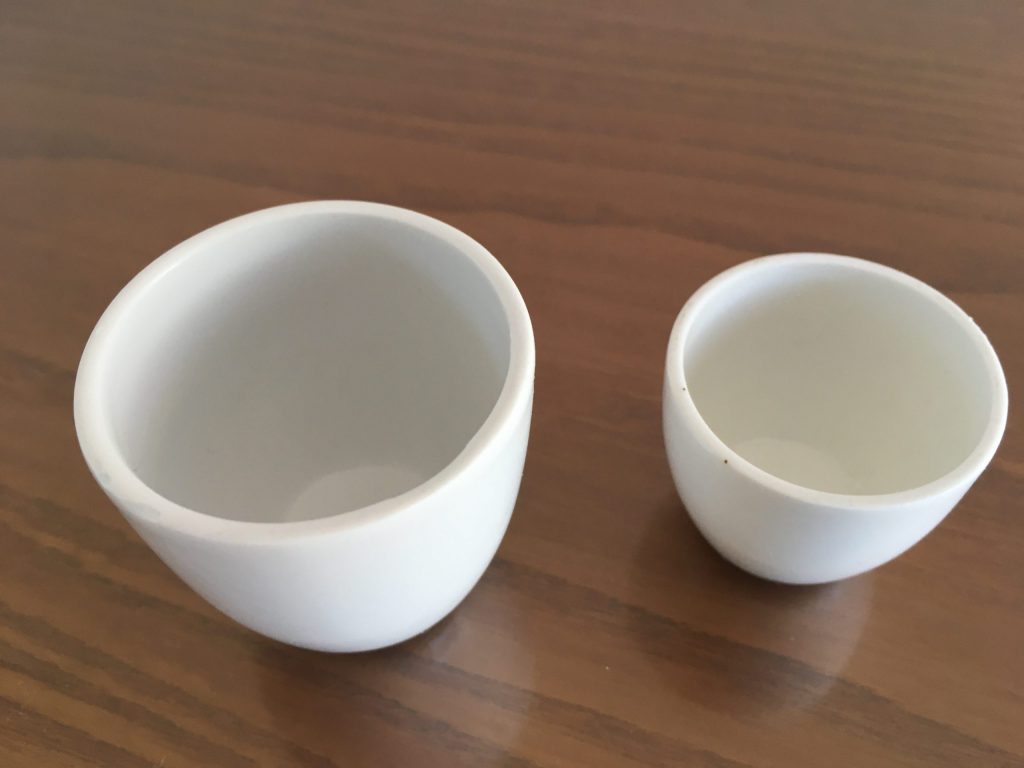
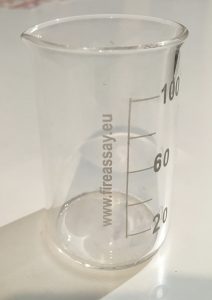
Parting Flask made with low thermal expansion borosilicate glass withstands both nitric acid attack and thermal shock.
Additionally, they have a tall narrow neck designed to fit inside gold annealing cups.
Finally, there are two dimensions available for our parting flasks are:
– PFK-230: 230 x Ø 48 x Ø 18
– PFK-280: 280 x Ø 48 x Ø 18

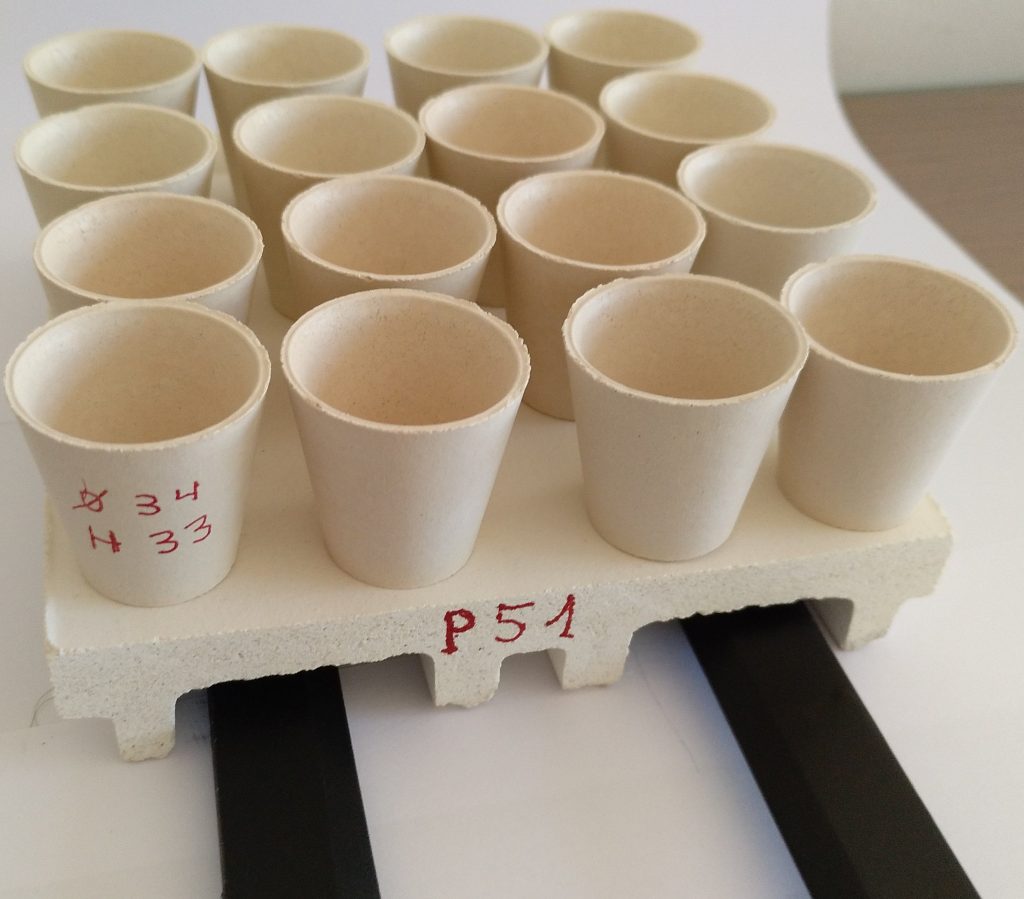
Fireclay Annealing Cups / annealing crucibles possess a smooth unglazed surface and thin walls that provide them with excellent resistance against thermal shock.
Furthermore, they have a tronco-conical form designed for gold bead annealing and for ignition of precipitates such a barium sulphate and copper sulphide.
| Reference | Height | DIameter | Picture |
|---|---|---|---|
| CORNET ANNEALING CUPS nº 227 | 25 | 25 | 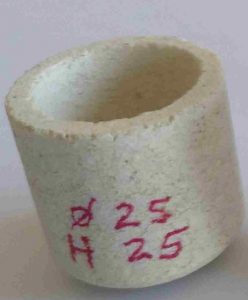 |
| CORNET ANNEALING CUPS nº 0 | 32 | 30 | 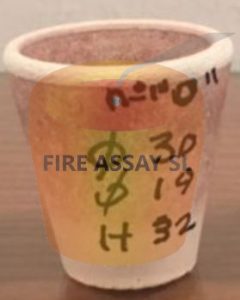 |
| CORNET ANNEALING CUPS nº 230 | 32 | 30 | 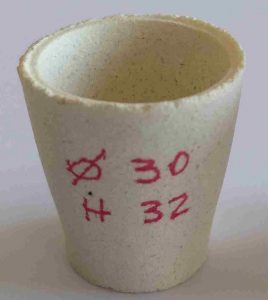 |
| CORNET ANNEALING CUPS nº 231 | 33 | 34 | 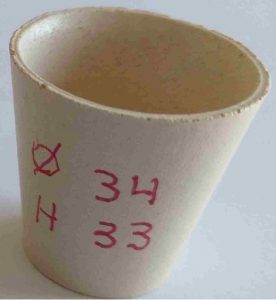 |
| GOLD ANNEALING CRUCIBLES GAP-35 | 35 | 32 | 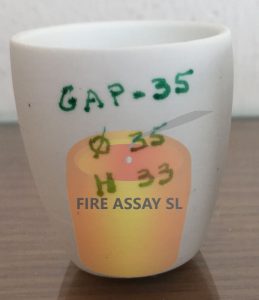 |
PORCELAIN CRUCIBLE FOR PARTING AND ANNEALING ACCORDING TO ISO 10378
Glazed porcelain crucibles to perform the parting and annealing process according to ISO 10378.
| Reference | Heigt / mm | Top Diameter / mm | Volume / mL |
|---|---|---|---|
| MW-5 | 21 | 25 | 5 |
| MW-10 | 28 | 30 | 10 |
| MW-15 | 30 | 35 | 15 |
| MW-25 | 36 | 40 | 25 |
| MW-30 | 41 | 42 | 30 |
| MW-40 | 42 | 48 | 40 |
| MW-50 | 46 | 53 | 50 |

PURE ALUMINA CRUCIBLES / CORUNDUM CRUCIBLES

We supply of a full range of pure alumina crucibles / corundum crucibles >99% purity. The table below summarizes the crucibles that we usually supply, but other sizes are available on demand.
| Reference | Diameter / mm | Height / mm |
|---|---|---|
| AL15 | 43 | 34 |
| Al20 | 43 | 42 |
| AL45 | 48 | 51 |
| AL80 | 63 | 68 |
